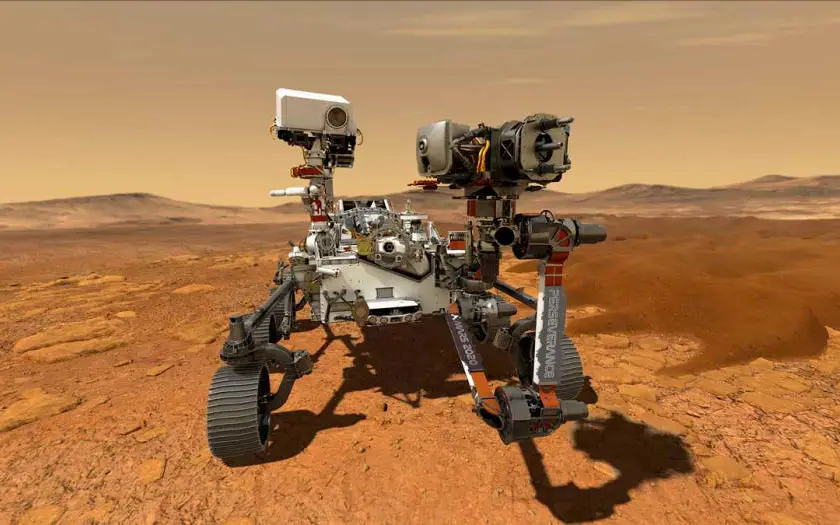Organic Matter Discovered on Mars by Researchers
Evidence of organic compounds has been discovered by the Perseverance Rover in the Jezero Crater on Mars. While this finding does not definitively prove the past existence of life on Mars, as these compounds could have formed through nonbiological processes, it does suggest the presence of intricate organic conditions that are crucial for the development of life on Earth. The study detailing these findings has been published in the journal Nature.
The Perseverance Rover, which was the first to explore the Jezero crater, has been exploring the area since February 2021. Scientists believe that the basin was once home to an ancient lake, including an estuary from the river that once flowed into it. It is one of the most likely areas to reveal the remaining signs of life on Mars.
Organic molecules, such as those observed in the Jezero crater, contain carbon and often hydrogen atoms. They are core components of life as we know it on Earth, although they can also evolve abiologically. “They’re an exciting clue for astrobiologists because they’re often thought of as the building blocks of life,” paper co-author Joseph Razzell Hollis, a postdoctoral fellow at the Natural History Museum in London, told Newsweek. “Importantly, they can be created by processes unrelated to life as we know it, so organic molecules are not proof of life on their own without sufficient additional evidence that cannot be explained by non-biological – or abiotic – processes.”
The rover observed the compounds using an instrument – Scanning Habitable Environments with Raman and Luminescence for Organics and Chemicals (SHERLOC) – which maps organic molecules and minerals on rock surfaces. Significantly, it found organic material in all ten sites it detected on the crater floor. “Our results support observations from previous Mars rover missions that the Red Planet was once rich in organic material, mainly compounds composed of carbon and hydrogen, and that some of this organic material can still be detected billions of years later,” co-author. London-based astrobiologist Joseph Razzell Hollis told Gizmodo. “Every observation, every observation gives us a little more information that brings us closer to understanding the history of Mars and whether it could have supported life in the past.”
Now that scientists have detected the molecules, they need to take a closer look at them in laboratories on Earth to draw further conclusions about their origin. “If these samples are returned to terrestrial laboratories, a more versatile set of tools can be used to study the samples, including with higher spatial resolution and with much greater specificity and sensitivity,” the authors wrote. They will have to wait for the Mars Sample Return (MSR) mission, which is not expected to launch from Earth until at least the late 2020s. However, the trip should be worth the wait. “Until now, the only Martian rocks we’ve ever been able to study on Earth have been meteorites. Getting our hands on pristine Martian rocks that have been carefully preserved and protected from contamination is invaluable to planetary science,” Razzell Hollis told Newsweek.




